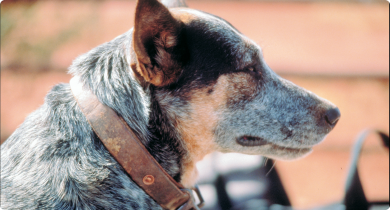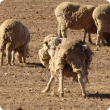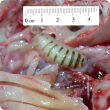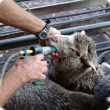Livestock parasites
Parasites are a major cause of disease and production loss in livestock, frequently causing significant economic loss and impacting on animal welfare. In addition to the impact on animal health and production, control measures are costly and often time-consuming. A major concern is the development of resistance by worms, lice and blowflies to many of the chemicals used to control them.
Planned preventative programs are necessary to minimise the risks of parasitic disease outbreaks and sub-clinical (invisible) losses of animal production, and to ensure the most efficient use of control chemicals. Integrated parasite management programs aim to provide optimal parasite control for the minimal use of chemicals by integrating pre-emptive treatments, parasite monitoring schedules and non-chemical strategies such as nutrition, genetics and pasture management.
The Department of Primary Industries and Regional Development provides recommendations for the most effective approaches to the control of the major parasites of livestock
Filter by search
Filter by topic
- Livestock species (21) Apply Livestock species filter
- Sheep (19) Apply Sheep filter
- Pests, weeds & diseases (13) Apply Pests, weeds & diseases filter
- Livestock health & diseases (11) Apply Livestock health & diseases filter
- Diseases (11) Apply Diseases filter
- Management & reproduction (5) Apply Management & reproduction filter
- Pests (2) Apply Pests filter
- Pest insects (2) Apply Pest insects filter
- Poultry & birds (1) Apply Poultry & birds filter
- Livestock disease surveillance (1) Apply Livestock disease surveillance filter
- Goats (1) Apply Goats filter
- Genetics & selection (1) Apply Genetics & selection filter
- Beef cattle (1) Apply Beef cattle filter







